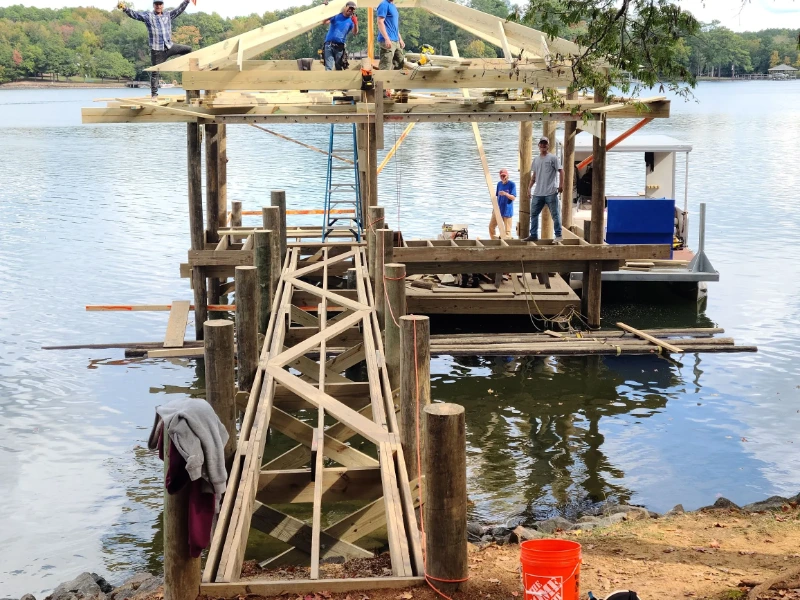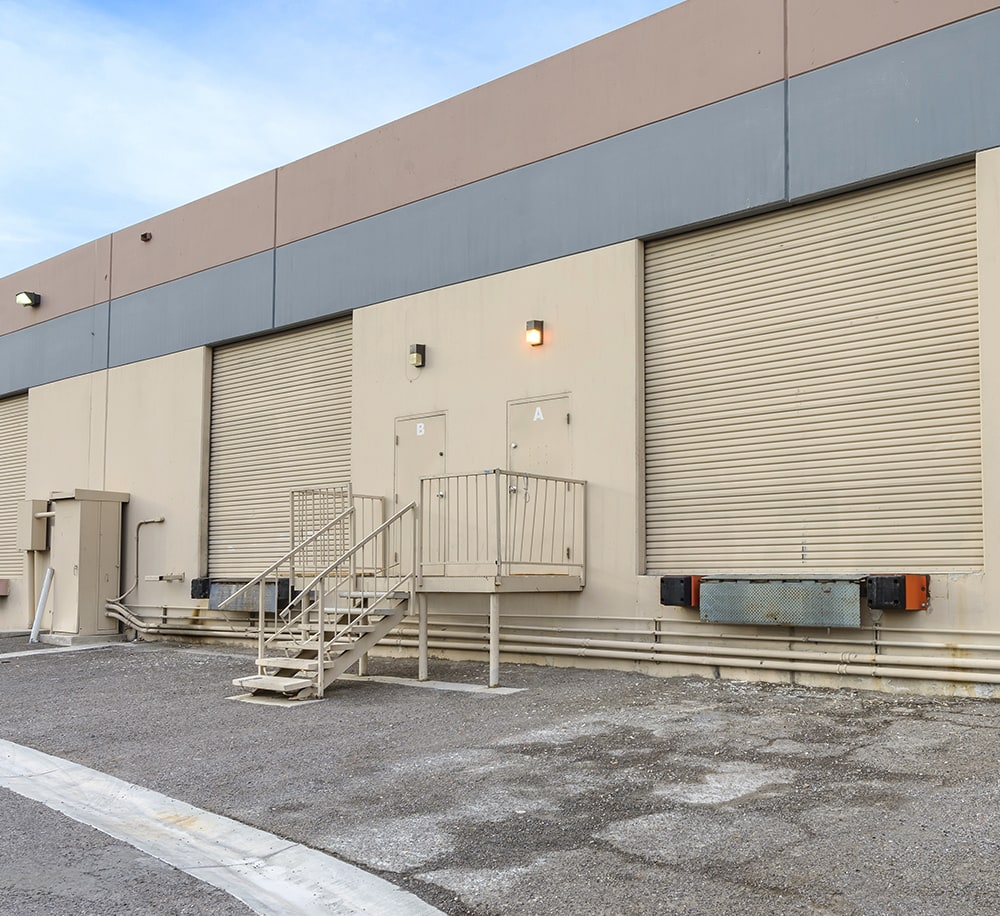How to Select the Right Service for Your Dock Repairs
How to Select the Right Service for Your Dock Repairs
Blog Article
Reliable Dock Repair Service Techniques: Making Sure Structural Integrity
Making certain the structural stability of docks through reliable repair service techniques is critical for the longevity and safety of aquatic centers. This involves a multi-faceted method beginning with detailed examinations using sophisticated modern technologies like finder tools and from another location operated automobiles (ROVs) to spot both noticeable and concealed damages. Subsequently, choosing the right repair products, such as corrosion-resistant alloys and composite materials, is vital for sturdiness. Structural reinforcement methods, including the implementation of cross-bracing systems and load-distribution plates, play a crucial function in mitigating stress and anxiety points. The relevance of these methods ends up being evident when discovering advanced fixing methods and preventative maintenance techniques.
Evaluating Dock Damages
Examining dock damage is an essential very first action in ensuring the architectural honesty and safety of any kind of docking facility. This initial analysis includes a comprehensive evaluation to recognize both covert and visible damages. Trick elements to take a look at include the dock's structure, pilings, decking, and hardware. Each part must be scrutinized for indications of wear, rot, rust, or other types of degradation that could endanger the architectural honesty.
Structural engineers or qualified assessors generally execute these assessments making use of specialized strategies and devices. Underwater evaluations may use sonar devices or remotely operated lorries (ROVs) to identify immersed damage. Above water, visual inspections are complemented by utilizing dampness meters and other diagnostic tools to uncover underlying issues not immediately noticeable to the naked eye.

Choosing Repair Work Products
Choosing the proper repair work materials is a pivotal step in the dock reconstruction procedure, one that straight influences the long life and efficiency of the fixed structure. Material option have to be driven by aspects such as environmental conditions, load-bearing requirements, and compatibility with existing dock components.
In addition to timber, composite products are progressively preferred because of their toughness and low maintenance requirements. Compounds, usually made from a blend of plastic and timber fibers, use outstanding resistance to rot, insects, and UV damages. For metal anchors, picking corrosion-resistant alloys such as galvanized steel or marine-grade light weight aluminum is necessary to protect against corrosion and make sure structural integrity in saline water conditions.
Epoxy materials and marine-grade sealers are indispensable for fixing splits and sealing joints, supplying a waterproof barrier and improving the dock's total strength. By thoroughly picking top quality materials, dock repair services can attain durable outcomes, therefore safeguarding against future deterioration and making certain safe, reputable usage.
Architectural Support Techniques
Efficient architectural support strategies are crucial in making sure the security and long life of dock repairs. One essential technique includes making use of steel or composite support bars (rebar) within concrete structures. Rebar offers added tensile toughness, protecting against splits and distributing loads much more uniformly. This approach is specifically reliable for docks subjected to hefty lots or harsh environmental problems.
Another crucial technique is the application of fiber-reinforced polymers (FRP) These materials use high strength-to-weight proportions and exceptional resistance to corrosion, making them suitable for strengthening wood or concrete docks. FRP can be applied in sheets or strips and bonded with epoxy materials to boost architectural honesty.
Bracing and anchoring systems also play a critical duty in structural reinforcement. Cross-bracing, utilizing steel or wooden beam of lights, can combat side forces, reducing swaying and movement. Anchoring systems, such as helical piers or driven piles, give a secure structure by transferring loads to much deeper, much more steady dirt layers.
Last but not least, the assimilation of load-distribution plates can assist distribute weight much more uniformly across the dock's surface, alleviating localized stress factors. These methods collectively make certain that anchors continue to be secure and durable, qualified of withstanding the roughness of their functional setting.
Advanced Repair Approaches

Another advanced technique involves underwater welding, which enables repair services to be performed without the demand to dewater the location. This approach is specifically useful for dealing with structural issues in submerged dock components, ensuring minimal interruption to operations. Enhanced welding Related Site techniques, coupled with robotic systems, supply accuracy and reliability, therefore expanding the life expectancy of the dock.
Furthermore, cathodic defense systems are applied to prevent deterioration in metal dock structures. By utilizing sacrificial anodes or pleased existing systems, these strategies properly mitigate the electrochemical processes that bring about material deterioration.
Lastly, advanced surveillance technologies, such as architectural health monitoring (SHM) systems, provide real-time information on the problem of dock frameworks. These systems enable proactive maintenance and timely interventions, ultimately ensuring the long-term architectural honesty of the dock.
Maintenance and Prevention
Upkeep and avoidance are fundamental concepts that underpin the long life and safety and security of dock structures. Normal inspections are vital, enabling very early discovery of deterioration, potential weaknesses, and environmental impacts. A positive method, involving routine checks for rust, rot, and architectural shifts, mitigates costly repair work and prolongs the dock's operational life.
Safety nets ought to include applying safety coverings to steel elements to protect against corrosion and using treated timber to withstand degeneration. Furthermore, making certain proper drainage and air flow can protect against water build-up, which is a common root cause of architectural degradation. Integrating high quality materials and sticking to maker guidelines throughout building and construction and repair work stages additionally play vital functions in enhancing resilience.

Educating employees in dock maintenance best methods makes sure consistent application of preventive steps. Leveraging technical developments, such as drones for assessments and sensing units for real-time surveillance, can better enhance maintenance initiatives. By prioritizing maintenance and prevention, dock owners can make sure architectural integrity, functional safety and security, and cost-efficient management over the dock's life expectancy.
Verdict
In conclusion, preserving the structural stability of aquatic centers demands extensive dock fixing techniques. Advanced repair work methods, paired with regular maintenance methods, make sure the dock stays operational and secure under diverse environmental conditions.
Making certain the structural integrity of anchors with effective repair service strategies is extremely important Visit Your URL for the durability and safety and security of marine centers.Picking the appropriate repair products is a crucial action in the dock reconstruction process, one that directly affects the durability and performance of the fixed framework.Efficient structural reinforcement strategies are crucial in making sure the security and durability of dock repair work. By prioritizing maintenance and prevention, dock proprietors can make certain architectural stability, operational safety, and affordable management over the dock's life-span.
In verdict, keeping the structural integrity of aquatic centers requires extensive dock repair techniques.
Report this page